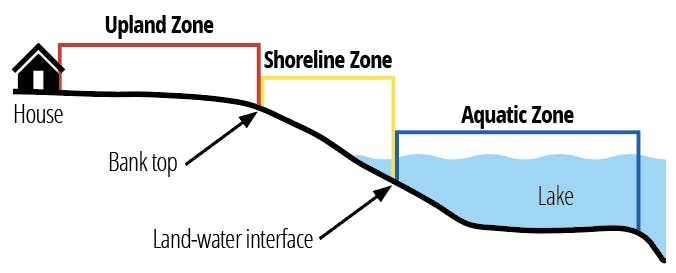Water Resources Program
The District's water resources program is responsible for monitoring and managing water resources including lakes and streams. Activities include:
- Water quality monitoring in lakes and streams
- Aquatic plant population monitoring
- Aquatic invasive species (AIS) monitoring
- Invasive aquatic plants
- Common Carp
- Zebra Mussel
- Lake level data collection
- Shoreland health evaluation
- Wetland monitoring
What does RPBCWD do with collected data?
WATER QUALITY DATA
Lake and stream water quality data is compared to water quality standards set by the MPCA. If a waterbody is consistently failing to meet standards, the MPCA places it on the Minnesota list of impaired waters. RPBCWD works with partners to identify sources of pollutants and changes needed to achieve water quality standards. Once an impaired waterbody is consistently meeting the standards again, it will be removed from the impaired waters list. Water quality data is also used to help prioritize capital improvement projects such as stream restorations. Learn more about water quality monitoring.
AQUATIC PLANT DATA
Lakes are natural ecosystems, and native aquatic plants play an extremely important role in lake health. Aquatic vegetation surveys are performed on lakes by District staff and consultants. Survey data is used to track aquatic plant populations over time and help inform decisions to control invasive aquatic plants such as Eurasian Watermilfoil and Curlyleaf Pondweed. Learn more about quatic plants.
AQUATIC INVASIVE SPECIES DATA
In addition to tracking invasive plants as part of regular aquatic vegetation monitoring, District staff also perform fall surveys for curly-leaf pondweed turions. While curly-leaf pondweed produces seeds and can grow from stem fragments, its turions (dormant buds or rhizomes) are more important in spread of this invasive plant. By monitoring turions, staff can make informed guesses about how the next year's curly-leaf pondweed population and if chemical treatment to control it is warranted. Learn more about aquatic invasive plant management.
Common carp data is collected through boat electrofishing to assess adult biomass and through small mesh trap netting to assess reproduction success in late summer/early fall. The data indicates if common carp populations are at sustainable levels and if significant reproduction has occurred. This helps guide management decisions such as stocking bluegill to feed on carp eggs and fry. Learn more about carp.
Zebra mussel data is collected through veliger sampling, shoreline scans, eDNA testing, and passive samplers including those monitored by Adopt-a-Dock volunteers. The data is used to track zebra mussel populations and to help identify new infestations. Learn more about zebra mussels.
LAKE LEVEL DATA
RPBCWD has lake level sensors on 13 lakes. Lake level data is used in computer modeling for stormwater and floodplain analyses and used to determine zooplankton grazing rates. The data is also shared with cities and submitted to the MN DNR. Learn more about lake level data.







